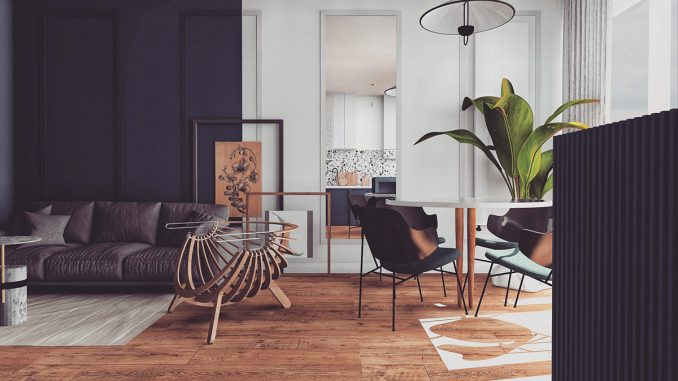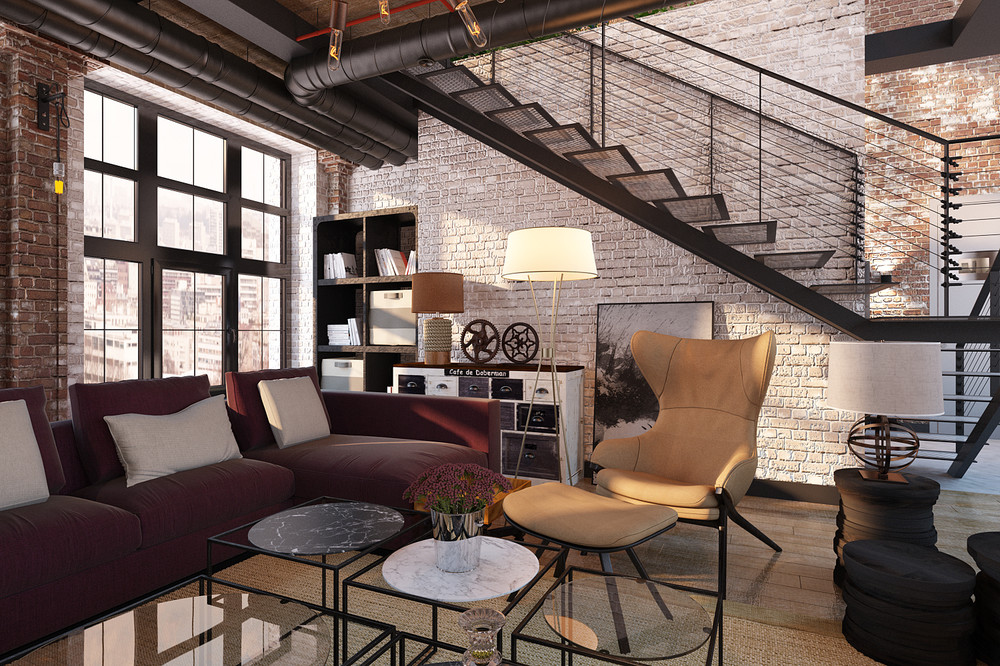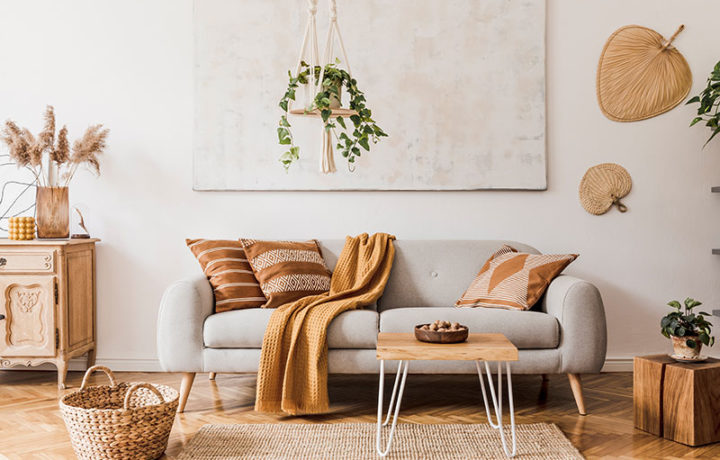
Do you love furniture designs, but also have doubts about which style to choose for your home decor because of the endless choices available? Not to worry! We’ve got you covered. In this article, we’ve compiled an easy-to-read list to make your life easier.
And if you really can’t identify which style you prefer, remember that there’s always the option to mix and match at home!
1.Scandinavian
Wood, wool, traditional workmanship, handmade inserts, clean geometries with a never hostile look, without formality or excess define the Northern European style. The presence of playful and pop textures is also distinctive. And to increase brightness – a real emergency given the reduced sunlight – the color palette collects light hues. Glossy or reflective surfaces are also allowed.
2. Contemporary
Difficult to summarize in a single definition, because it is subject to constant evolution, the contemporary style responds to a need for cleanliness and efficiency through exact and precise lines. Without sacrificing the visual impact. In furniture, compact volumes, pure colors and solutions with margins of transformability and adaptability are preferred. Particular attention is paid to energy saving, also in the context of sustainability.
3. Modern Classic
Reassuring and consolidated, it features sober lines and functional furnishings. Textile inserts, such as curtains and rugs, integrate traditional solutions or choose the monochrome route, in an overall image of order, concreteness and formal clarity.
4. Industrial Style

Rough surfaces with scratches, nicks, non-homogeneous color finishes, materials that reveal their authentic nature, large walls left raw: all these elements combine to define the industrial style. Versatility is the condition that decrees the success of this style in domestic interiors, in the design of stores and clubs: the industrial always works, even in combination with other types of furniture.
5. Shabby Chic
With a solid success, the style literally translated as “elegant lived / scruffy” has abandoned its status as a passing fashion. It is based on precise rules: in particular, the finishes and furnishings have a unique color scheme that includes pastel tones, white, beige and gray. Shabby chic furniture can be authentic pieces that have been reused and therefore truly worn by time and use, or new elements on which we intervene with a measured stripping action.
6. Ethnic
Color, bold combinations, rope and raffia inserts, precious woods, perforated metals, leathers and fabrics: nothing can make a home more personal than the memory of a journey and the evocation of the atmosphere of a distant land. Not only Africa and Asia: Central and South America with their chromatic kaleidoscope also represent a reservoir from which to draw.
7. Boho Chic

From fashion to furniture, this style has made the instances of bohemian style its own, reinterpreting them in a perspective that collects hippie and seventies suggestions. The secret? To combine in total freedom. Lines become enveloping, colorful fabrics take center stage and even patchwork gets a second lease on life. But always in style, of course!
8. Vintage
From the 1920s onwards, the style that gives you and your home the experience of stepping back in time finds its strength in the coexistence of furniture, lamps or details from the world of modern antiques and salvaged objects. With a result that cannot be reproduced elsewhere. There is no shortage of collectors’ items and decorative solutions resulting from research into interiors that bring other eras to life.
9. Rustic
Authentic and sincere, it is characterized by the predominance of wooden furniture, with soft lines. It is accompanied by stone walls, warm colors, fabrics that recall the nearby environment. And of course, a fireplace or a wood stove! Outside, the magic is renewed with wrought iron, stone, light curtains, ceramics and green decorations.
10. Eclectic
Forms, colors, finishes, periods add up to a multiform and lively result. In this case, intervening by expanding the range of colors is essential. Provocative animal details and fine fabrics are also allowed.
Now that you know the different décor styles, have you decided which one you prefer? Let us know in the comments below!

Leave a Reply